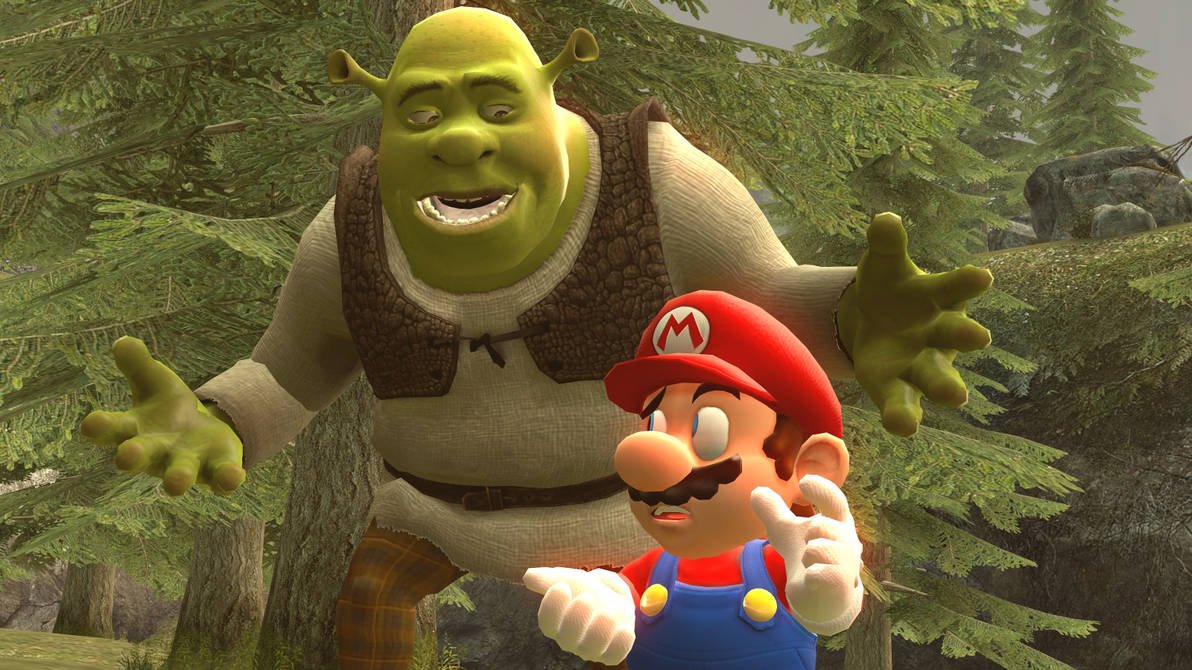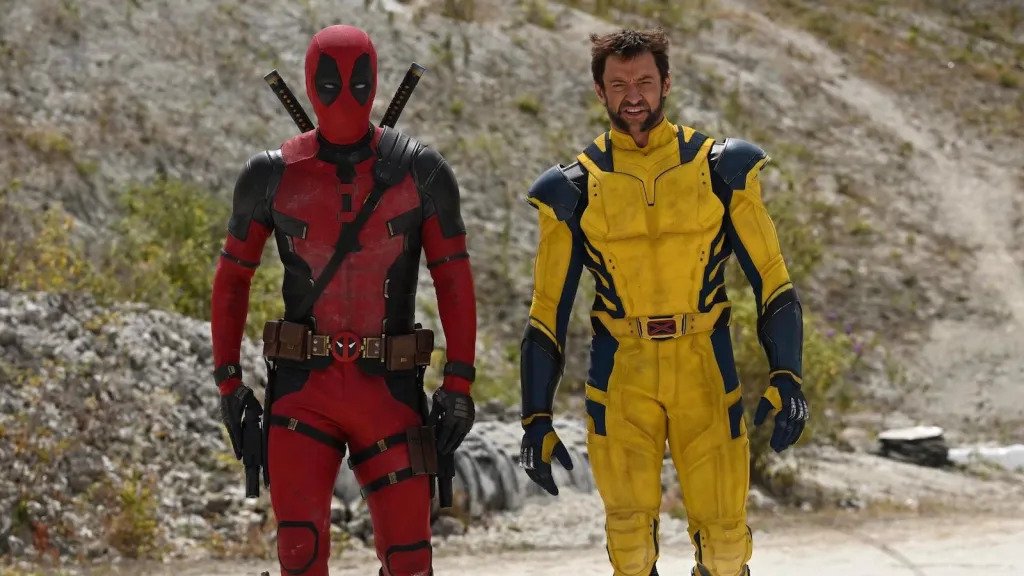‘There’s a lot to like’: Australia’s renewed love affair with the cinema set to continue in 2024.
Originally published by Mumbrella
Don’t call it comeback, but Australian cinemas had a particularly strong 2023.
Australians returned to the movies in droves this year, spending $986 million at the box office, with the much touted Barbenheimer double-header just one peak during a movie-going season that saw numerous records smashed.
With these numbers rolling in, the bleak days of the pandemic seem a distant memory. In 2020, when cinemas were shut for extended periods, and the idea of sitting in an enclosed room with dozens of others wasn’t an appealing one, the Australian box office took just $401 million.
But will this renewed love affair with cinema continue through 2024?
The signs are positive. The last few weeks of 2023 ended with a bang. DC tentpole Aquaman and the Lost Kingdom opened on Boxing Day, and looks set to tip over the $10 million mark this coming weekend, while Wonka closed the year with $21.74 million in takings after just three weeks.
Val Morgan’s managing director Guy Burbidge feels confident that audiences will continue to return to the cinema in 2024, pointing to the run they had prior to the Barbie film opening with a $21.6 million weekend.
“Lots of people point to Barbie as probably the biggest, and only, success, but we started the year off with Avatar,” Burbidge tells Mumbrella.
“Avatar launched at the very end of ’22, but did the bulk of its business, in audience, all the way through January and into February, and it ended up the third highest grossing movie of all time at the box office, in Australia.”
Avatar took in $63.7 million at the Australian box office. Next came the early April release of The Super Mario Bros. Movie, which took in $34.6 million overall, becoming the number one animated film of all time in Australia.
“That was a 20-year record that was held by Shrek 2,” Burbidge notes.
“And then we had Spider-Man, and then we moved into Barbie and Barbenheimer. So all very different films, all bringing a broad set of audiences back to the cinema.”
The success of the Mario film was “incredible”, according to Burbidge, as it’s what is termed a ‘four-quadrant film’.
“It brings in young and old, of both genders,” he says, explaining how films that bring in the entire family are invaluable.
“It’s got a nice, nostalgic heritage with gamers and older folk, and it’s got the younger audience tied up as well,” he says, of Mario’s appeal. “Which is what Barbie ended up being, too. You’ve got that connection to the product, and the history. That goes a long way.”
In terms of big releases slated for this year, Burbidge notes “it looks pretty positive”, listing off Dune, Kung Fu Panda, IF, Furiosa: A Mad Max Saga, Deadpool 3, The Fall Guy, and Godzilla x Kong: The New Empire as some of the stronger titles to debut in the first half of the year.
“So there’s a lot to like about where we’re where we’re headed, in 2024, from a title perspective.”
The back half of the year is also looking strong, with Joker: Folie à Deux, Wicked: Part One, Gladiator 2, and Mufusa: The Lion King all coming down the pipe. But what do the cinemas do when the content dries up?
“Yeah, we don’t control the supply of content,” Burbidge notes. “But what’s interesting is the supply has broadened.”
He points to the rise of interest in Bollywood films from Western audiences, as well as a flood of new Arabic and Asian films finding favour.
Artists like Taylor Swift and Beyonce are also starting to bring their concert experience to the cinema. The pandemic proved a good training ground for this broadening of the business, but also confirmed what makes the cinema experience so valuable.
“We knew that cinema plays a really special role in the hearts and minds of Australians, and once you’ve got through that first initial stage [of the pandemic], I think the biggest learning is we knew that people would come back.
“What you see is, when you give them great content, people will come to the cinema. I mean, it hasn’t diminished in any way, shape, or form.
“In the last two years, we’ve had four titles that are in the top eight of all time – not just post-pandemic – all time. It tells you the appetite and the love that Australians have for cinema.”
This is also music to the ears of advertisers. 52% of Australian cinema audiences are younger than 39 – a younger skew than most non-TikTok forms of entertainment.
“That’s a tough audience to reach in traditional channels, and yet we continue to grow in that area, fast,” he says of this younger subset.
“The value of our audience has crystallised a lot more in terms of people that aren’t TV viewers – they don’t consume a lot of traditional channels in that sense. We see that we’ve got a real opportunity to focus in on that quality of the audience.
“The role that we play in communications plans, was really one of the big things that came out of COVID.”
Val Morgan is also doing a lot “around experience”, as Burbidge puts it. This includes expanding their successful Moonlight outdoor cinema screenings, as well as launching Mov’In Bed, in which 280 tons of white sand is dumped into Barangaroo’s Harbour Park, along with 150 queen-sized beds from which lovers and friends can watch new releases and classics – the ultimate public bed-in.
“One of the lessons just before COVID was creating these unique experiences, where it’s not just about going inside to the ‘hard tops’, as we call it,” he says, referring to the neo-classical, formal theatres seen across Australia.
“It’s creating unique cinema-going experiences. That’s what consumers want. And so, we’ve had a very successful year from a brand partnership perspective, off the back of COVID. So, we’re going to be doing more of that. And we want to challenge ourselves to do more interesting, unique work in that respect, to create interesting, branded, brand-funded, consumer experiences.”
Cinema advertising was up in 2023, around 5 per cent year-on-year, according to Standard Media Index. This is a remarkable result during what Burbidge admits has been “a tough and challenging year” for all sectors reliant on advertising.
“I think it talks to where we’re at in the conversation around attention, and the benefits around our audience. It also talks to some of the broader challenges in the AV market, particularly linear TV, but it talks to the opportunities about what we’ve got, as a channel, for brands to think about.
“We’re an experience business more than more than anything, and that experience is what gives us the edge.
“Yes, the content is super important, but why do people keep coming out and wanting to see cinema – as that affordable luxury, as part of the family entertainment suite? We’re very lucky to have a very strong set of exhibitors in this country that have invested heavily in the industry over the last five years.
“In comparison to the other global markets, the local market is an incredible example of how to do cinema brilliantly from a viewing experience.”




